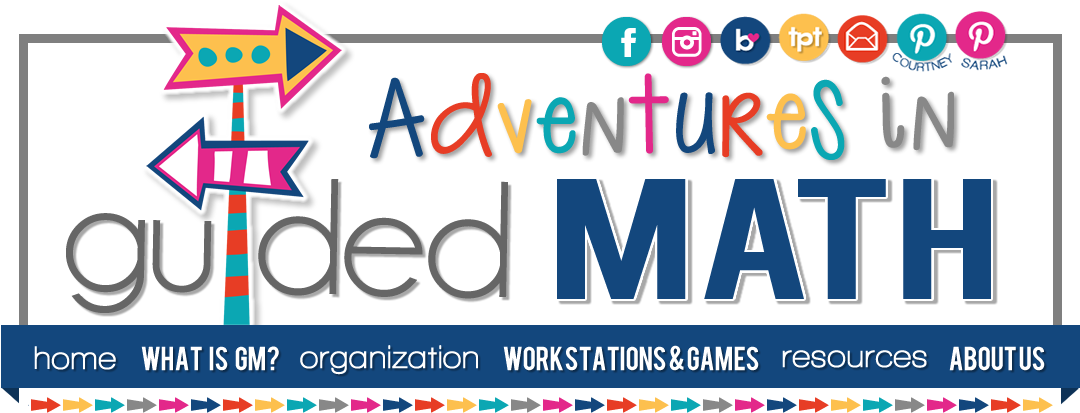Just want to share a great tip Angela gave us for organizing a math tool many of us use with students, Unifix cubes (or linking cubes). Angela suggested not only putting Unifix cubes in groups of ten (which many of us already do), but she also suggested using two different colors to show groups of five (see picture below). The reason for this is quite simple, yet powerful.
As students progress in their understanding of number, the tools must progress with them. When Unifix cubes are separated and stored in a tub all mixed together, students who want to use them for modeling must count them one-by-one. For example, a second grader may choose Unifix cubes to represent a "situation", but when he/she has to count them individually he/she is reverting back to an earlier stage of development. By organizing cubes in groups of five (two different colors) to make up ten, that second grade student can easily see five and add on. In this way, when he/she wants to show a value such as 12, using Unifix cubes/linking cubes, the use of this tool becomes much more appropriate and efficient.
Organize cubes into groups of ten with two different colors (5 of one and 5 of another). This will eliminate one-to-one counting of cubes that may not be desired and requires students to use their understanding of 5 and 10.
Here's a great
missing addend activity that was shared in the same workshop! Students
work in partners. All that is needed is a group of ten Unifix cubes
organized as shown above. One partner holds the ten Unifix cubes behind
his/her back. Then he/she makes a break and shows his/her partner
one group while keeping the other group behind his/her back. The other
partner must then tell how many cubes are hidden. He/she must
also "prove" it by counting up or back or by stating what he/she knows.
A student might
respond, "I see six, and I know there are ten altogether. I need four more to make ten with six, so four are hiding."
I hope you find these suggestions useful!
Here is the product that I was updating when reminded of this organizational system I use with my Unifix cubes. This early algebra hands-on math center requires modeling of known addends to help figure out the missing addend/s. Unifix cubes, or ten frames, can be used as show below.
Like what you see? Enter to win one of two copies of Out of this World Algebra for your students!
Like what you see? Enter to win one of two copies of Out of this World Algebra for your students!
a Rafflecopter giveaway
AND don't forget--If you haven't already checked out my book review of Fluency Through Flexibility and entered the giveaway of the materials shown below, click on the pic to do so!
Good luck, and all the best for a wonderful week--








Thank you for this post! I teach struggling learners and concrete methods are what really works for them. Your ideas about the unifix cubes make sense! I love the game of hiding some behind a back and the other student has to say how many. Simple, but powerful! :-)
ReplyDeleteThanks so much for stopping by! When Angela shared the idea of linking the cubes this way, I thought to myself--"Now why didn't I think of that?". Had to pass on the tip! My grandson is in the pic with the hiding game (a couple years ago). He had just finished kg at the time and I asked him of he wanted to "play". He recognized the cubes and was quickly able to see the five and relate his understanding of five to ten. :0)
DeleteSmiles,
Sarah
Appreciated your focus on building algebraic reasoning and scaffolding number sense. I like the tip on using 2 colors for strings of 10 cubes. It parallels the concept behind rekenreks. Thanks for offering the chance on the Out of this World text. With pun intended, it brings the learning down to earth. Thanks!
ReplyDeleteI love using cubes to help the little ones practice their math. Your thoughts today were very helpful, can't wait to try it with my students.
ReplyDelete